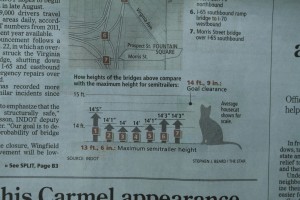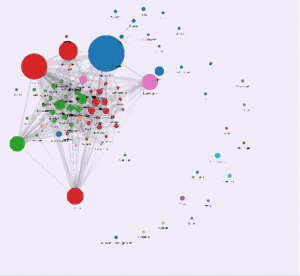It’s not as bad as you think
The Royal Statistical Society has just commissioned an opinion poll to look at beliefs about policy-relevant issues and how they relate to reality. The first few results:
- Teenage pregnancy: on average, we think teenage pregnancy is 25 times higher than official estimates: we think that 15% of girls under16 get pregnant each year, when official figures suggest it is around 0.6%.
- Crime: 58% do not believe that crime is falling, when the Crime Survey for England and Wales shows that incidents of crime were 19% lower in 2012 than in 2006/07 and 53% lower than in 1995. 51% think violent crime is rising, when it has fallen from almost 2.5 million incidents in 2006/07 to under 2 million in 2012.
- Job-seekers allowance: 29% of people think we spend more on JSA than pensions, when in fact we spend 15 times more on pensions (£4.9bn vs £74.2bn).
- Benefit fraud: people estimate that 34 times more benefit money is claimed fraudulently than official estimates: the public think that £24 out of every £100 spent on benefits is claimed fraudulently, compared with official estimates of £0.70 per £100.
You might look up what the actual figures are in New Zealand. To get you started, Paula Bennett claimed about $200 million in benefit fraud in 2010/11 (and about 10% of that was prosecuted) from about $9 billion, or about 22c per $100.

